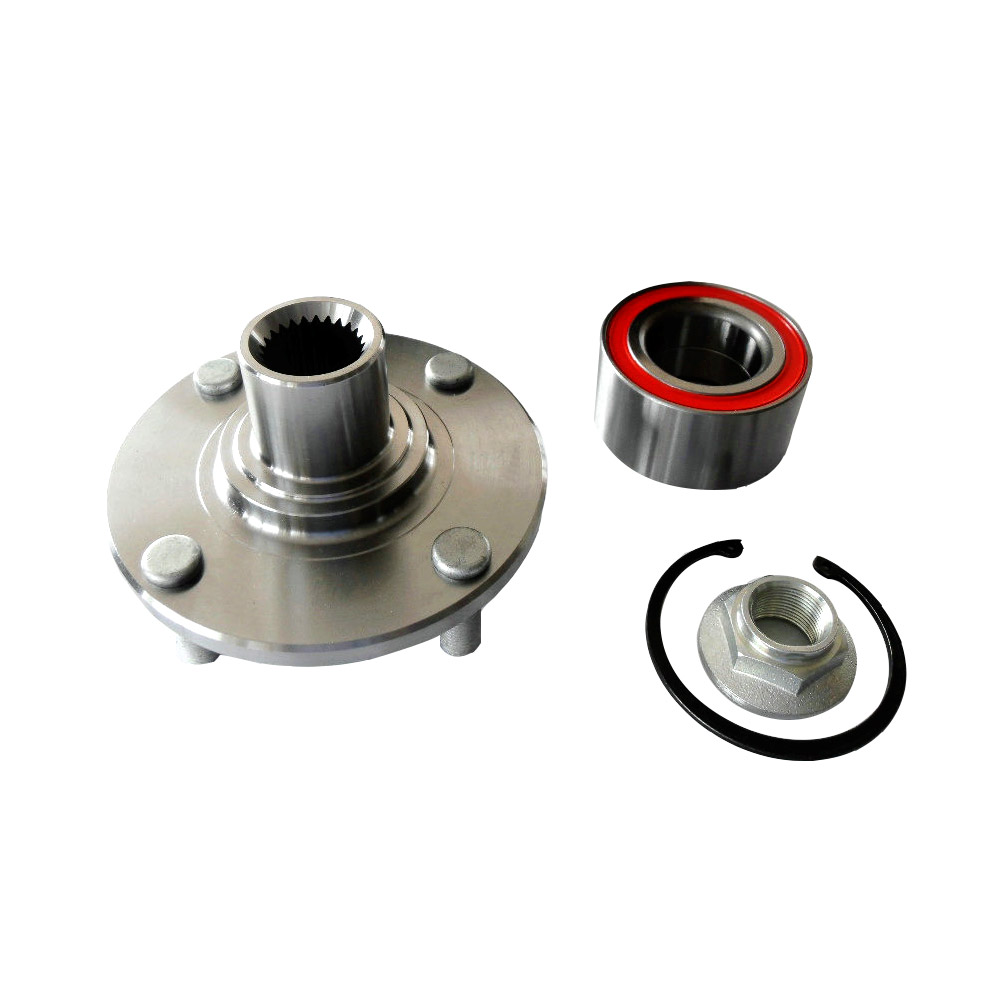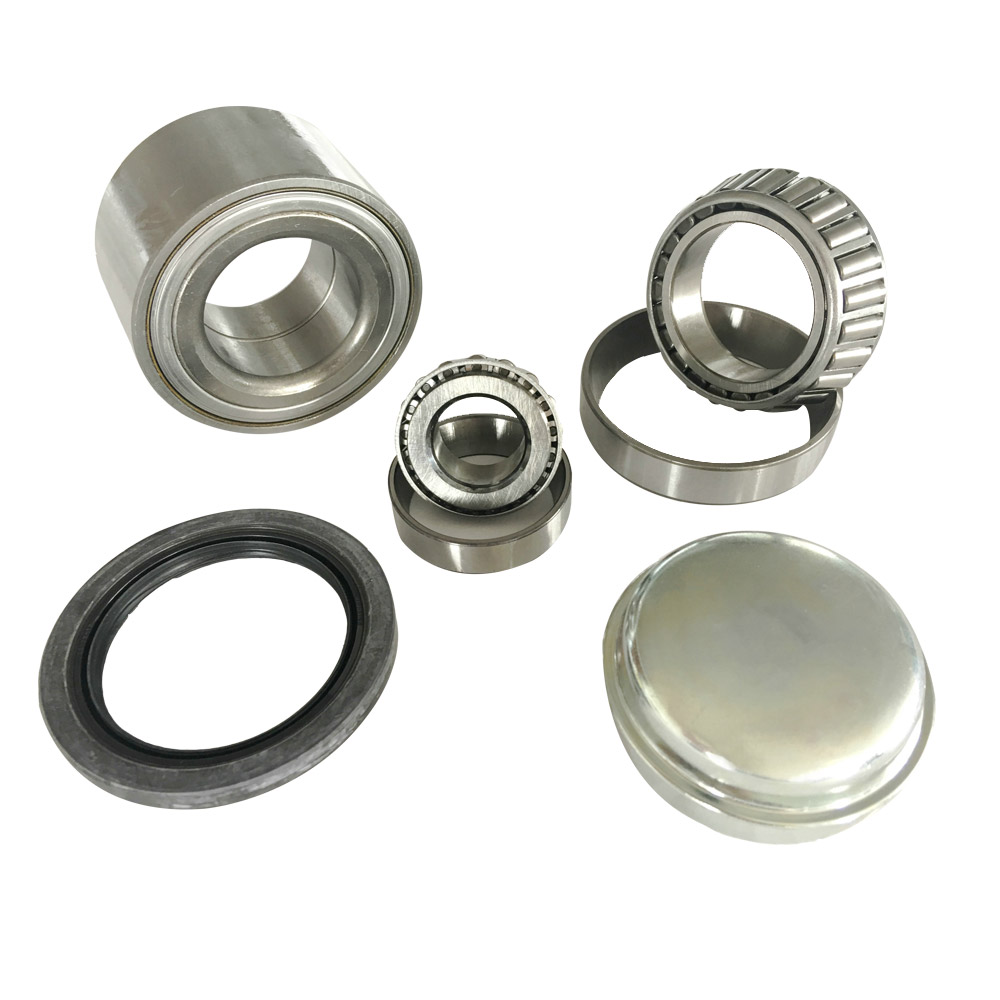The wheel bearing hub assembly unit is one of the most essential yet often overlooked components of a vehicle. While drivers may focus on engines, brakes, or tires when considering safety and performance, the hub assembly plays a central role in ensuring smooth operation. It connects the wheel to the vehicle, allowing rotation with minimal friction while supporting the car’s weight. A failing wheel bearing hub assembly can compromise handling, braking, and overall driving safety.
In this article, we will explore how a wheel bearing hub assembly unit affects vehicle safety and performance, covering its structure, function, impact on driving dynamics, and signs of potential failure.
1. Understanding the Wheel Bearing Hub Assembly Unit
The wheel bearing hub assembly unit combines two critical parts:
- Wheel Bearings: Precision-engineered steel balls or rollers that reduce friction as the wheel rotates.
- Hub Assembly: The housing that connects the wheel to the axle, often including ABS (anti-lock braking system) sensors in modern vehicles.
By integrating these components, the assembly allows the wheel to rotate freely while supporting radial and axial loads. It also ensures the wheel remains securely attached to the vehicle, providing stability in motion.
2. The Role of the Wheel Bearing Hub Assembly in Vehicle Safety
a. Secure Wheel Attachment
The hub assembly keeps the wheel firmly connected to the axle. A loose or failing bearing can lead to wobbling, vibration, or in severe cases, detachment of the wheel, posing significant safety risks.
b. Braking Efficiency
Modern hub assemblies often integrate ABS sensors. These sensors monitor wheel speed and transmit data to the braking system, enabling precise adjustments to prevent skidding. A faulty hub assembly can interfere with ABS function, increasing stopping distances and reducing control in emergencies.
c. Steering Control
Because the hub assembly influences how smoothly the wheel rotates, it directly affects steering. A worn bearing can cause the steering wheel to feel loose or unresponsive, making it harder to maintain control, especially at high speeds or during sharp turns.
d. Load-Bearing Capacity
The hub assembly must support the vehicle’s entire weight while in motion. A compromised unit can reduce structural integrity, leading to uneven weight distribution and potential tire blowouts.

3. The Impact on Vehicle Performance
a. Smoothness of Ride
When the hub assembly is in good condition, the wheels rotate seamlessly, ensuring a quiet and smooth ride. Damaged or worn bearings create grinding or humming noises, leading to driver discomfort and reduced ride quality.
b. Fuel Efficiency
Excessive friction caused by failing bearings increases rolling resistance. This forces the engine to work harder, thereby reducing fuel efficiency over time.
c. Tire Longevity
Faulty hub assemblies lead to uneven tire wear, as the wheel may not rotate in proper alignment. This not only reduces the lifespan of tires but also increases maintenance costs.
d. Vehicle Stability
At high speeds, the wheel bearing hub assembly ensures consistent contact between the tires and the road surface. A failing assembly can cause vibrations, pulling, or instability, particularly dangerous when driving on highways.
4. Signs of a Failing Wheel Bearing Hub Assembly
Recognizing early signs of trouble can prevent accidents and costly repairs. Common indicators include:
- Grinding or humming noises: Typically increase with speed, indicating worn bearings.
- Steering wheel vibration: Especially noticeable at highway speeds.
- Uneven tire wear: Caused by improper wheel alignment due to bearing issues.
- ABS warning light: A failing hub assembly may disrupt sensor signals.
- Loose or unsteady steering: Reduced precision in handling.
Ignoring these warning signs can compromise both safety and performance.
5. Safety Risks of Neglecting Hub Assembly Maintenance
Neglecting wheel bearing hub assembly maintenance can result in serious hazards, such as:
- Wheel detachment: Complete failure can cause the wheel to separate from the vehicle.
- Brake failure: ABS systems may malfunction, especially during sudden stops.
- Loss of control: Steering instability and uneven handling increase accident risk.
- Tire blowouts: Excessive heat from friction may damage tires.
Thus, routine inspection and timely replacement are critical for safe driving.
6. Maintenance and Replacement Considerations
a. Maintenance Practices
- Regularly check for unusual noises or vibrations.
- Inspect tires for uneven wear patterns.
- Monitor ABS warning lights.
- Follow manufacturer-recommended service intervals.
b. Replacement Guidelines
Wheel bearing hub assemblies are not typically serviceable; once damaged, they require full replacement. Replacement should be done by professionals using OEM (Original Equipment Manufacturer) or high-quality aftermarket parts to ensure reliability.
7. The Evolution of Wheel Bearing Hub Assemblies
Historically, vehicles used separate wheel bearings that required regular lubrication and adjustment. Modern hub assemblies are pre-sealed units that combine bearings and housing into a single, maintenance-free component. This evolution has improved reliability, but once the sealed unit fails, it must be replaced entirely.
Additionally, the integration of ABS and advanced sensors in hub assemblies highlights their role in modern safety systems. Future developments may include smart sensors that provide predictive maintenance alerts to drivers.
8. The Connection Between Safety, Performance, and Cost
While replacing a wheel bearing hub assembly can seem costly, the investment is justified when considering:
- Safety: Preventing accidents caused by wheel detachment or brake failure.
- Performance: Maintaining smooth handling, fuel efficiency, and ride comfort.
- Cost savings: Avoiding secondary damage to tires, suspension, and braking systems.
In this sense, the hub assembly serves as both a safety feature and a performance enhancer.
Conclusion
The wheel bearing hub assembly unit may be hidden beneath the car’s frame, but its impact on vehicle safety and performance is profound. From ensuring secure wheel attachment and responsive steering to supporting ABS systems and maintaining fuel efficiency, this component is indispensable. Neglecting its condition risks not only the performance of the vehicle but also the safety of the driver, passengers, and others on the road.
For drivers, the message is clear: pay attention to the health of your wheel bearing hub assemblies. Listen for warning signs, schedule regular inspections, and replace failing units promptly. In doing so, you protect your vehicle, your wallet, and most importantly—your safety.






